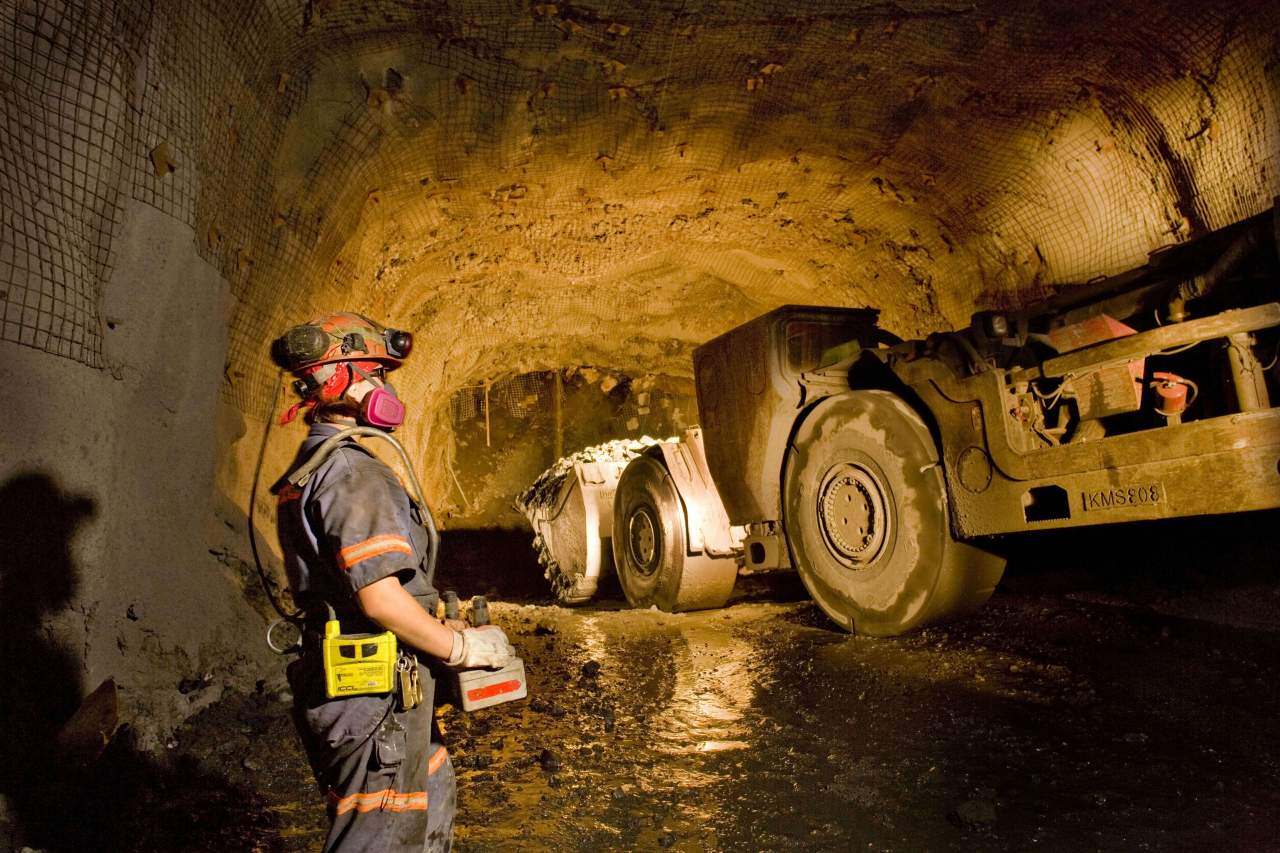Fatigue Science is proud to announce that Newcrest Mining Limited has deployed its Readi predictive fatigue management technology site-wide at its Lihir mine site in Papua New Guinea. An open-pit gold mine, Lihir employs around 4,500 people, many of whom operate safety-sensitive shiftwork operations, such as haul truck operators and bus drivers.
Readi, as both a system of record for operational fatigue data and as a daily tool for supervisor decision-making, is based on scientifically-validated biomathematical modeling.
“We’re thrilled to welcome Newcrest aboard with their landmark adoption of Readi at the Lihir mine,” says Andrew Morden, President & CEO of Fatigue Science. “With this implementation, Newcrest further affirms its mission to put health and safety at the forefront of its operations, while keenly leveraging proven technology that has a direct benefit to mine output at the same time.”
How It Works
Readi FMIS is the world’s leading fatigue management information system. Based on the world’s leading biomathematical fatigue model, SAFTE™, Readi interprets operator sleep data and/or estimates of operators’ sleep derived from machine learning. With these data, it calculates a unique and personalized fatigue prediction for every operator, for each hour in every shift. It then provides these hour-by-hour fatigue predictions both to supervisors and to the operators themselves via mobile notifications and optional wearables.
Optimizing Operations at Lihir Mine
Supervisors at Lihir will receive daily push notifications at the start of every shift, alerting them to any haul truck operators or bus drivers under their supervision who are flagged with a high risk of fatigue – including fatigue that may arise later in that shift.
Armed with these predictive insights, supervisors can take proactive measures, such as rotating safety-critical tasks and planning fatigue breaks, based on objective and validated fatigue data.
Additionally, Newcrest Lihir has chosen to provide ReadiWatch smartwatches to several hundred of their most safety-sensitive operators, such as those operating haul trucks and busses, so that they can receive on-wrist Fatigue Alerts ahead of periods of critical fatigue. The wearable devices also capture sleep data for even more personalized fatigue predictions. All sleep data are kept strictly confidential and are not shared with supervisors.
Key Metrics for Productivity and Safety
Case studies at comparable mines indicate up to a 20x return on investment from use of Readi to manage fatigue, including significant gains to operational productivity up to $6M as well as a projected 13% reduction in lost-time incidents. While every mine is unique, Fatigue Science looks forward to Lihir’s leveraging of the technology to achieve strong and quantifiable results that both keep workers safe and improve their bottom line. To learn more about Readi’s return on investment, read the ROI Whitepaper here.





